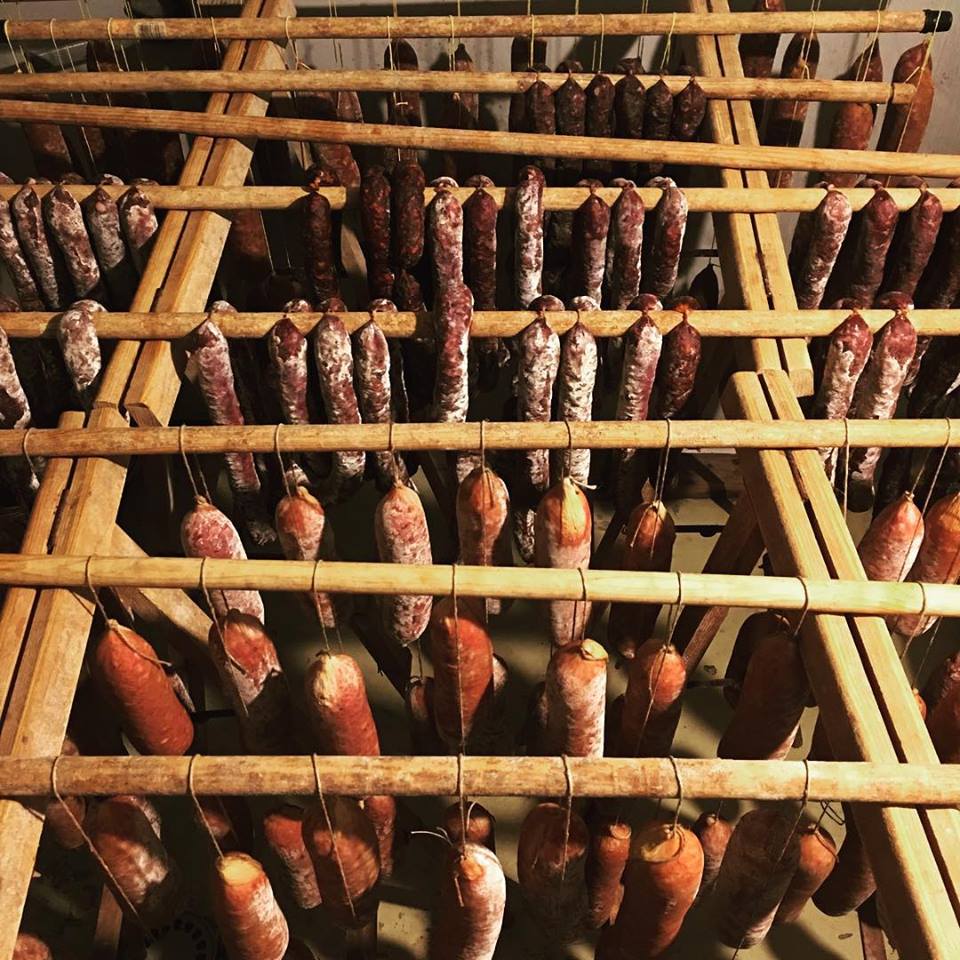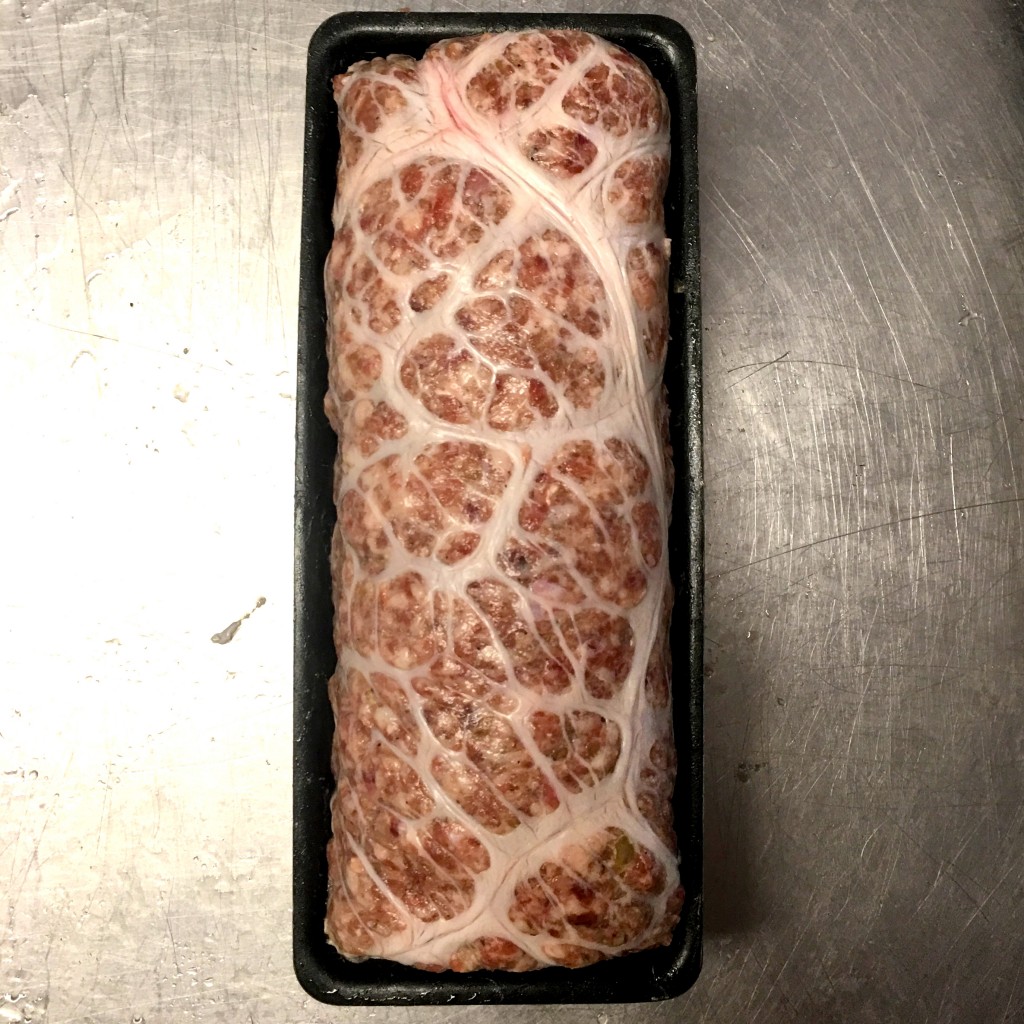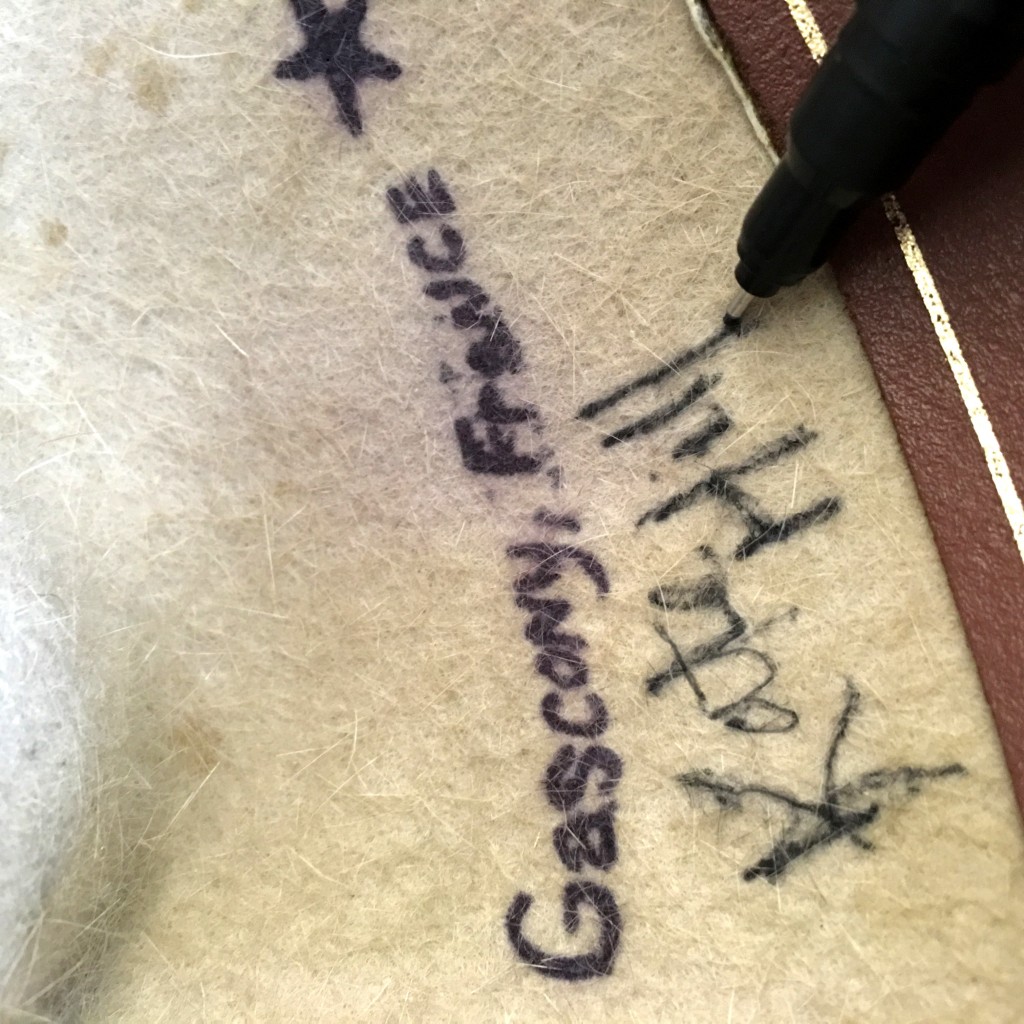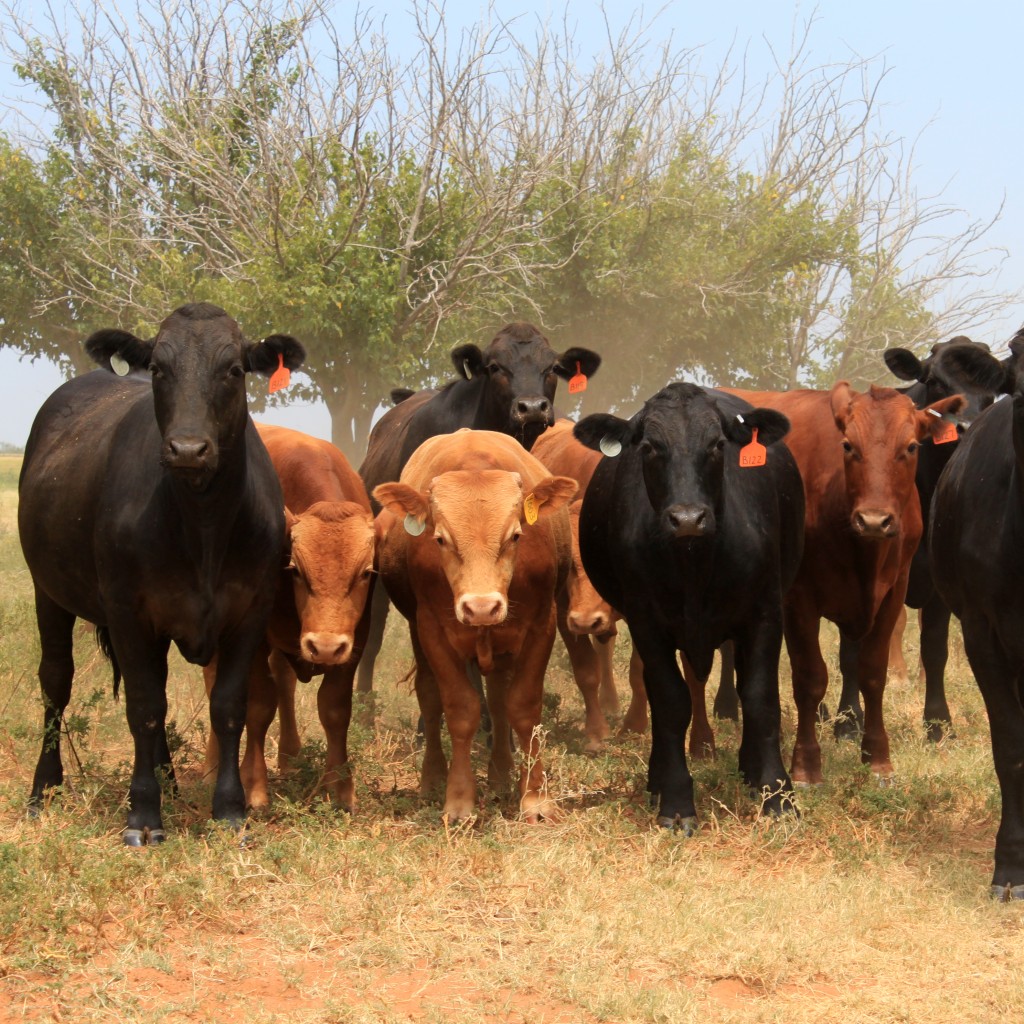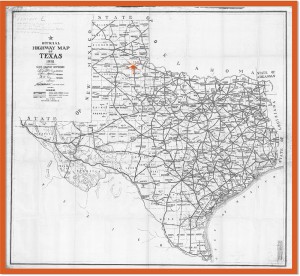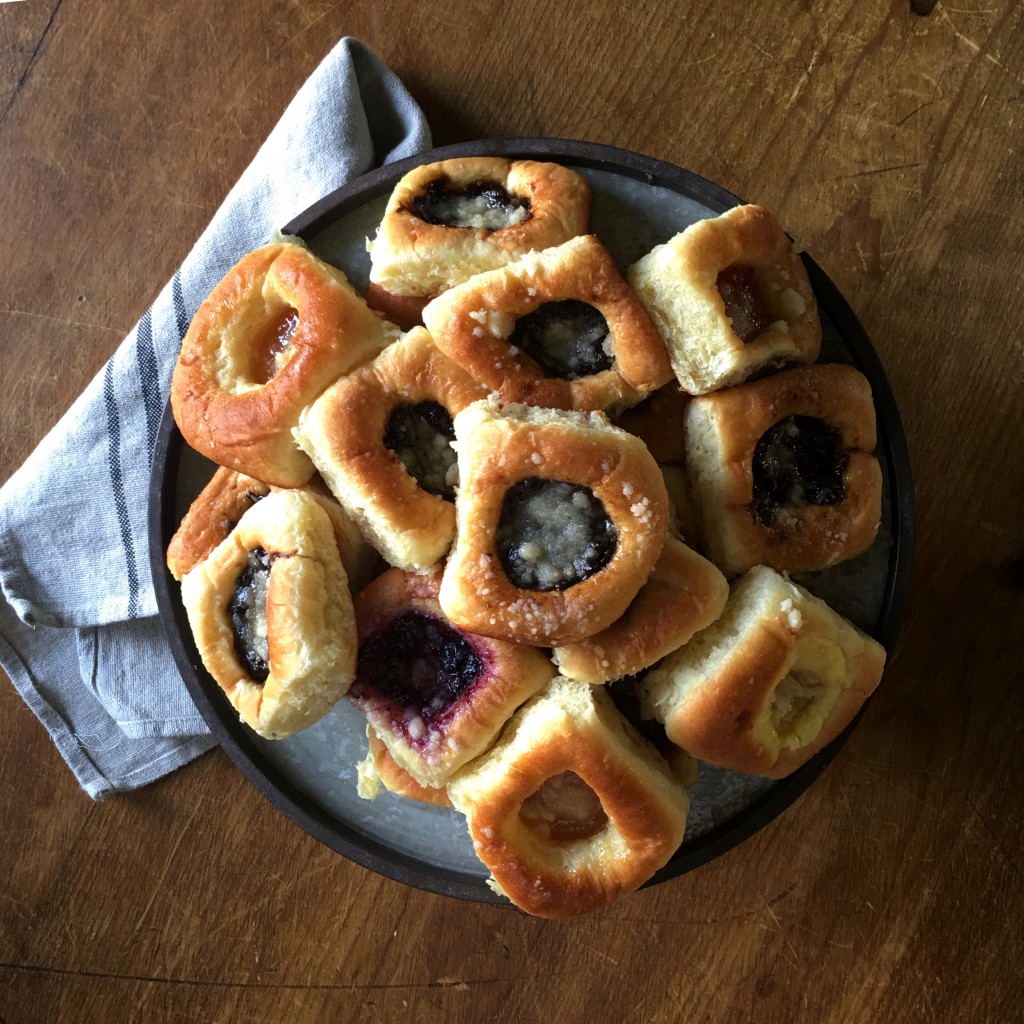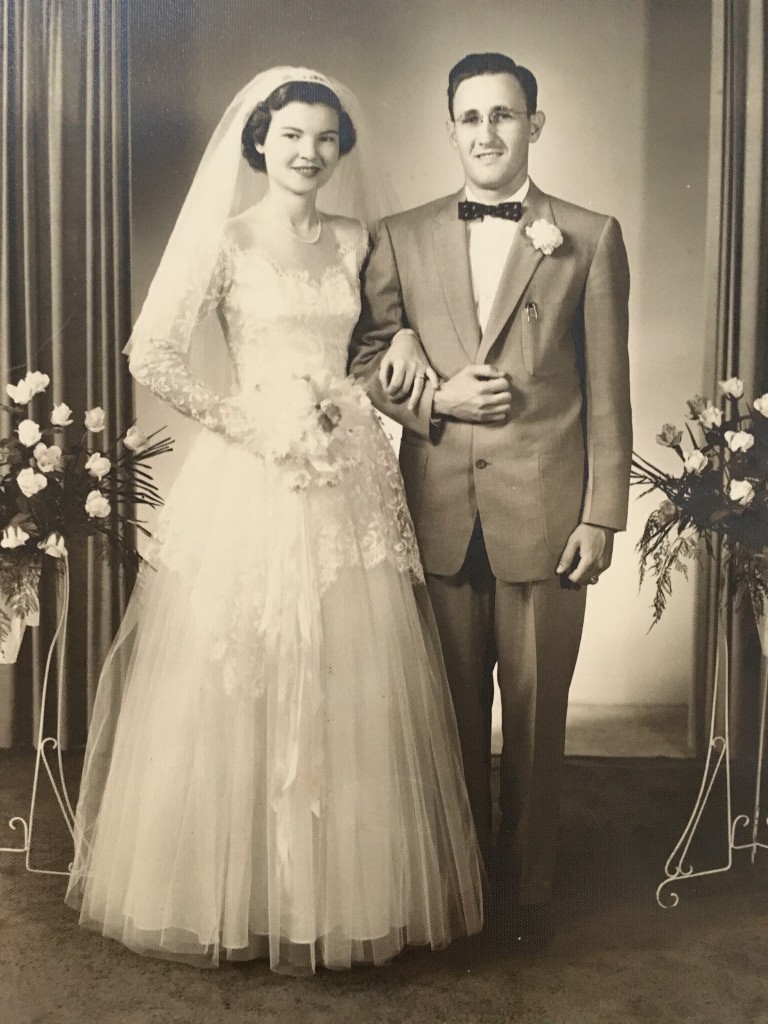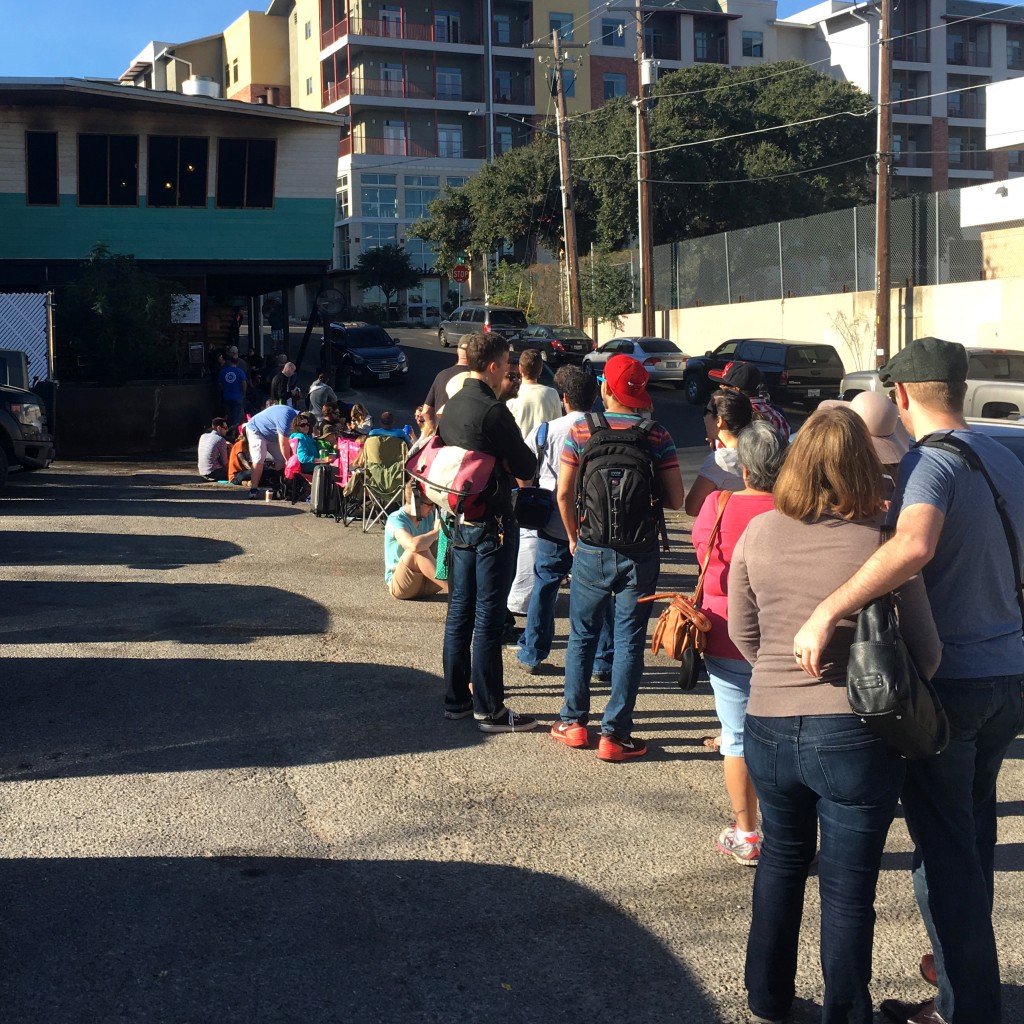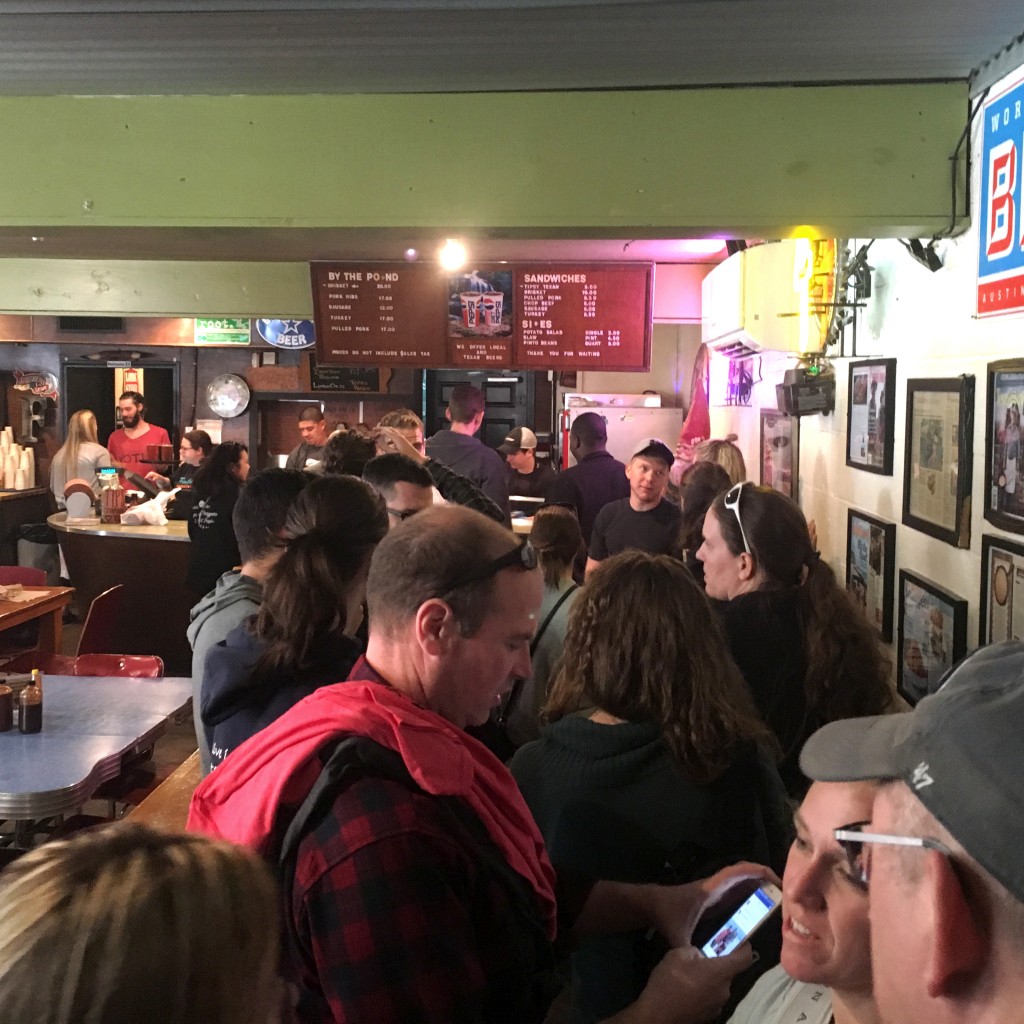Leg 2 of my Culinary Journey is down and it was a crazy, busy week. I am still on the road, but I wanted to give everyone a short recap of the week. Don't worry, I will revisit this subject in depth when I have a bit more free time.
Renzo Girabaldi, one of my butchering idols, was quoted saying,
"If you want to learn to surf, you go to California. If you want to learn charcuterie, you go to France."
Thus, I made the journey to France for a week long advanced charcuterie class with the culinary master, Kate Hill. Kate is an expat, who has called the Southern French countryside her home for the past thirty years. In the culinary world, she has done it all - a professional cook, a published author, a teacher and a consultant. At one point, Kate even bought a French barge where she hosted magnificent dinner parties abundant with fabulous foods and the best of wines.
For this particular charcuterie class, Kate teamed up the Chapolard family and long-time friend, Dominic Chapolard, who runs a local organic pork and charcuterie farm. To further enhance the educational value of the course, Kate enlisted the help of Dr. Michele Pfannenstiel, the guru of food safety and HACCP (Hazard Analysis and Critical Control Points).
Ok, I realize I probably lost you there.
Essentially, HACCP is a systematic preventative approach to ensure your food is contamination free of physical, chemical, or microbiological hazards. And in the charcuterie game, where you dry and cure meat anywhere from a month to a couple of years, HACCP procedures are pretty important. If you don't follow every step with extreme caution and care, you might end up with a ham full of harmful pathogens instead of a scrumptious Noix de Jambon.
The class was small and exclusive with only two fellow students, Ben and Tyllan. Ben is a good ol' mate and third generation butcher from Australia. He recently took over his father's butcher shop, The Beef Joint. Ben signed up for the class so he could incorporate a charcuterie program into his offerings and market delicious cured meats to the people Down Under.
Tyllan is on the other side of the business, selling acorn-fed pork. His company, Walden Hill, is feeding New England top-notch pork infused with incredibly flavorful fat that comes from hand-picked acorns. The three of us made for one hell-of-a butchering trio and I was extremely blessed to be among this group.
Our accommodations and classrooms were stuff dreams are made of. Most of the work took place on the Chapolard's farm or at Kate's residence, The Kitchen-at-Camont. In our downtime, Ben,Tyllan, and I were housed at the Château de Mazelières a French castle built in the 17th century. It boasted a Lebanese Cyprus tree, brought back by Crusaders from their travels in the Middle East. We chided Kate we would have learned charcuterie in half the allotted time if our accommodations hadn't been so nice!
To start the course out, we began with an introduction to HACCP. Luckily, this wasn't my first go-around with the tricky food safety beast -I actually became HACCP certified last summer down in Aggieland (College Station, Texas). At times, all this information is a tad overwhelming and confusing, but if you want to make great, and more importantly SAFE charcuterie, you need to know this stuff. Luckily, Dr. Pfannenstiel is the best in the HACCP business, and by the end of the week, I had a much better grasp on food safety.
On the second day, we set out to visit the Chapolard farm. Dominic, the eldest of the four Chapolard brothers, is a former headmaster turned head butcher. He prides himself in growing organic non-GMO grains to exclusively feed his entire pork operation.
Dominic gave us a short tour of their charcuterie production facility and when the truck with the freshly slaughtered pork carcasses arrived, Dominic showed us how he broke down the pork side best suited for his charcuterie needs. He ended the day by teaching us how to make blood sausage.
Over the next few days, each piece of our Chapolard pig was slowly transformed into some form of traditional French charcuterie:
- Saucisson (sausage)
- Saucisse séche (dry sausage)
- Noix de Jambon (small, boneless cold-smoked hams)
- Ventrèche (rolled pork belly)
- and Coppa (neck muscle from the Boston Butt)
After the larger pieces had been made and laid to cure, we took the remaining odds and ends and turn them into pâté and rillettes.
I made one amazing Texas pâté, if I might say so myself!
We even went as far as to render down pork lard. That's what I like about charcuterie - it puts the entire animal to use.
Later in the week, we visited the Laverdac Market where the Chapolard family sells all their production. Their pork and by-products are highly regarded and sought after in the area so they sold out quickly.
My week with Kate Hill and her French Charcuterie class was an incredible week that I wish didn't have to end. I made some incredible new friends, learned to make incredible cured meats, and packed an incredible amount of HACCP knowledge into my brain! We ended the week with a typical champagne toast and requisite group pictures.
So with my second goal accomplished and to officially close this chapter of my culinary adventure, I got Kate to autograph my topper.
God is good.
Next stop, Panzano Italy!










